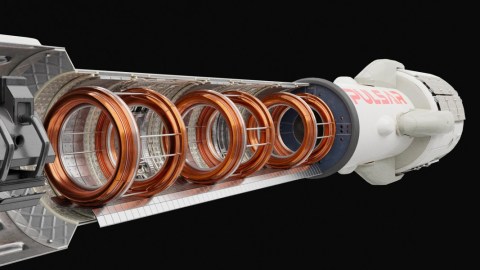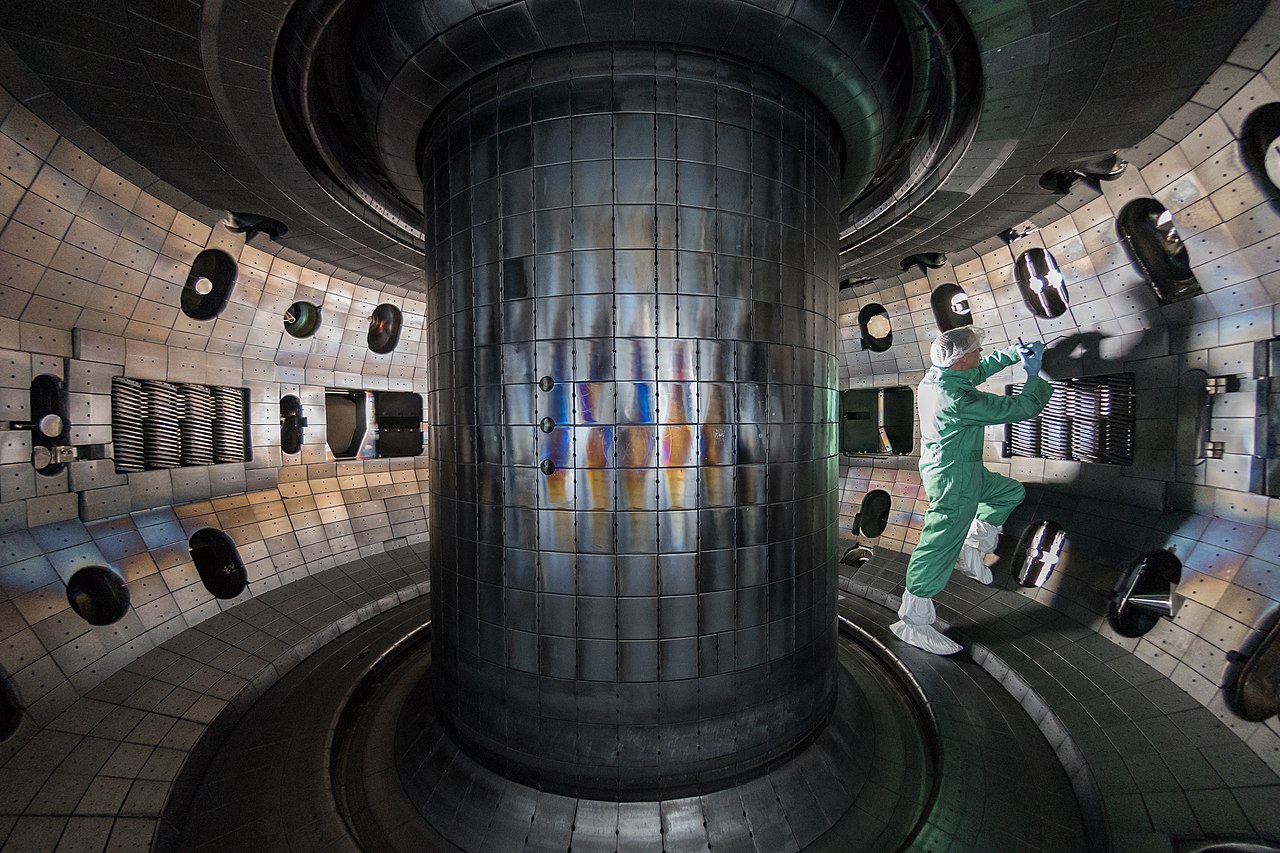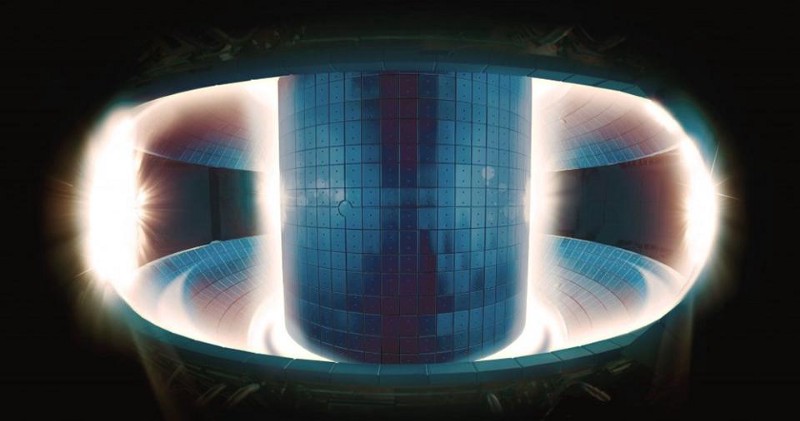A fusion rocket designed to travel 500,000 mph is under construction

- Pulsar Fusion, a UK startup, is creating a fusion rocket to cut Mars travel time.
- Current space travel poses health risks from extended exposure to microgravity and radiation.
- Using nuclear fusion, Pulsar’s rocket could dramatically increase travel speeds, aiming for tests by 2025 and fusion temperatures by 2027.
A British aerospace startup is working on a fusion rocket it says will slash the amount of time it takes astronauts to travel to Mars and beyond — allowing humans to explore places that are currently far out of reach.
The challenge: Long-term exposure to microgravity and cosmic radiation can cause serious health issues for astronauts. That means NASA needs to keep its future Mars missions short enough that astronauts come home healthy — less than four years should work.
Using our current rocket propulsion technology, though, it’s going to take seven months just to get astronauts to Mars. Factor in the amount of time to get back to Earth, and nearly a third of a Mars astronaut’s mission is just going to be dedicated to the commute.
“A fusion rocket could allow us to send people to see the rings of Saturn or the moons of Jupiter.”
ADAM BAKER
The idea: UK-based aerospace company Pulsar Fusion believes it can cut the time it takes to reach Mars in half by harnessing the power of nuclear fusion, the same process that fuels the sun.
“Humanity has a huge need for faster propulsion in our growing space economy, and fusion offers 1,000 times the power of the conventional ion thrusters currently used in orbit,” said CEO Richard Dinan.
How it works: Fusion occurs when two atoms merge. This releases a tremendous amount of energy, without generating harmful emissions — that’s long made harnessing nuclear fusion a holy grail of clean energy research.
By containing super hot plasma within electromagnetic fields, several groups have managed to trigger fusion reactions — briefly. The challenge now is figuring out how to sustain them.
“Scientists have not been able to control the turbulent plasma as it is heated to hundreds of millions of degrees and the reaction simply stops,” James Lambert, Pulsar Fusion’s CFO, told Space Daily.
Fusion rocket: Pulsar Fusion’s plan is to create a fusion rocket, using the atomic reaction to create exhaust speeds that ultimately propel the spacecraft forward at a blistering 500,000 mph — the fastest a crewed rocket has ever flown is 24,791 mph.
This is a hugely ambitious goal, but it might actually be easier to sustain a fusion reaction in the super-cold vacuum of space than on Earth. If Pulsar can pull it off, its fusion rocket could slash the amount of time it takes to send people and uncrewed machines throughout the solar system.
“[A] fusion rocket could allow us to send people to Mars and bring them back in weeks, not months or years,” said Adam Baker, a Pulsar propulsion engineer. “It could allow us to do round trips to the outer planets of the solar system, to send people to see the rings of Saturn or the moons of Jupiter.”
Looking ahead: Pulsar recently partnered with aerospace R&D company Princeton Satellite Systems (PSS) for a study that will use AI to model the behavior of hot plasma in a fusion rocket engine. It has also announced that it has begun constructing an eight-meter fusion reaction chamber in the UK.
Its goal is to begin firing that chamber in 2025 and achieving fusion temperatures by 2027. The next step after that would be conducting a test firing in orbit — proving that a fusion rocket could potentially power the next era of space exploration.
“If we’re going to leave our solar system within a human lifetime, there is no other technology that we know of that can do that,” Dinan told TechCrunch.
This article was originally published by our sister site, Freethink.





